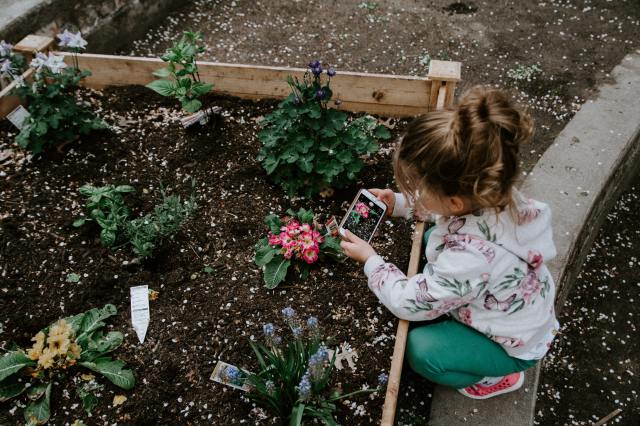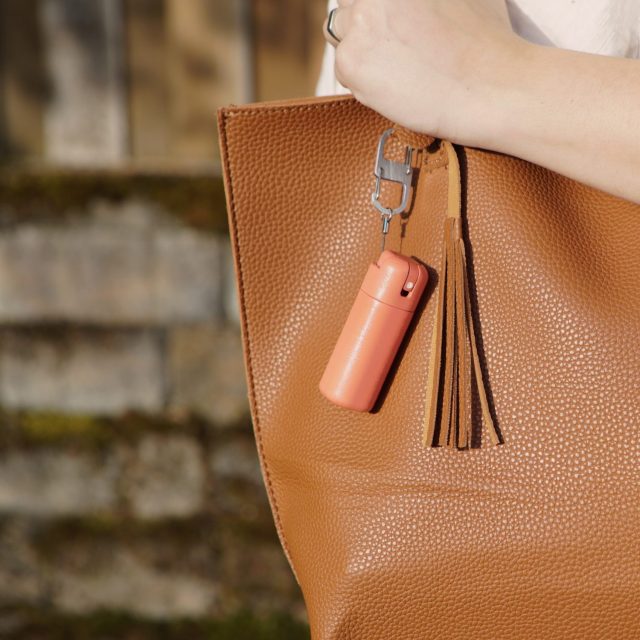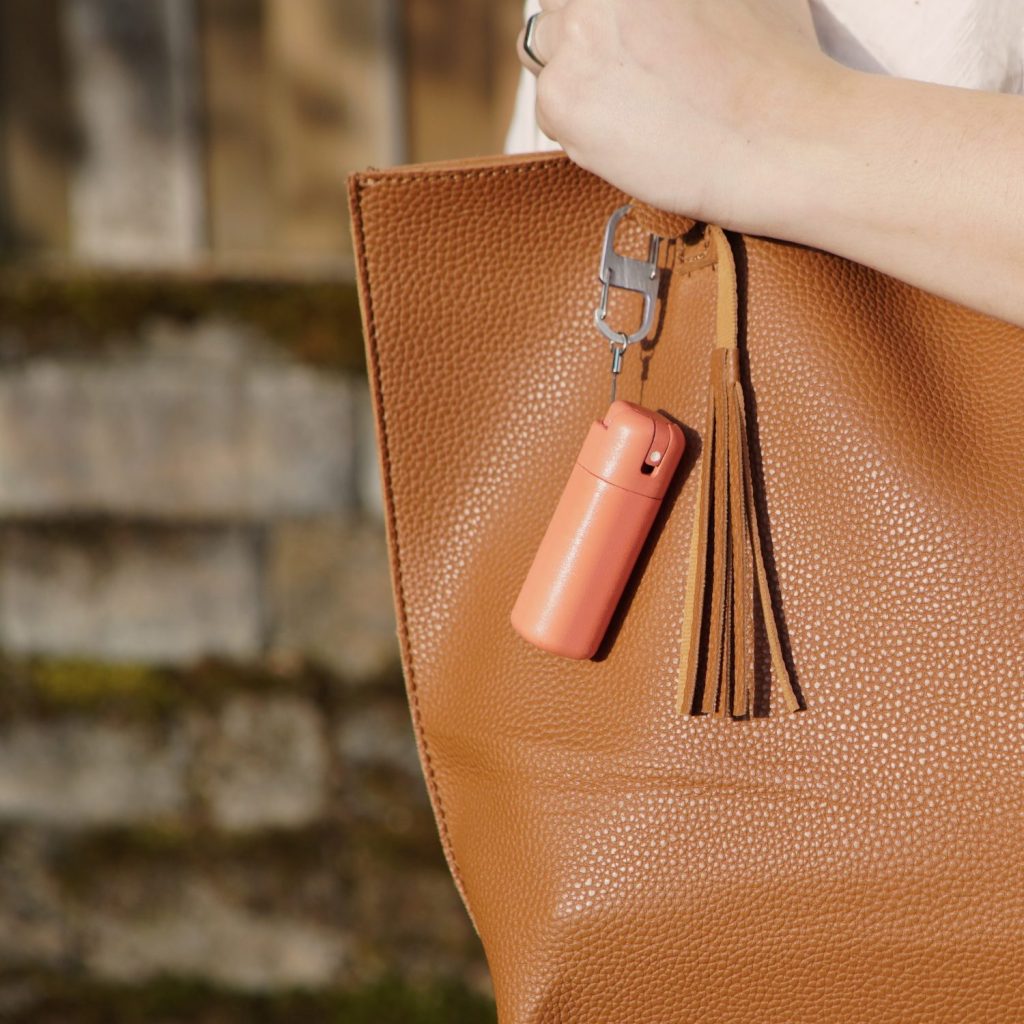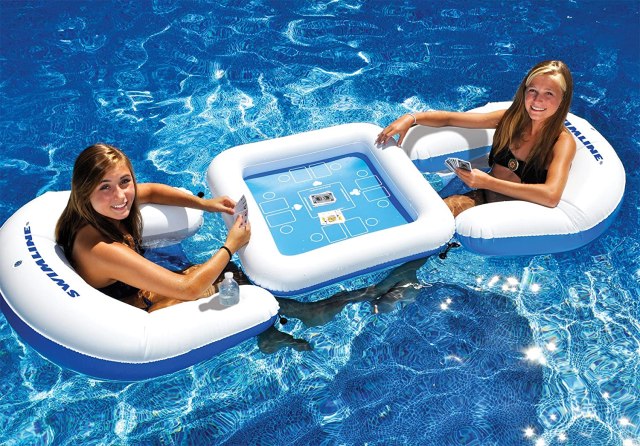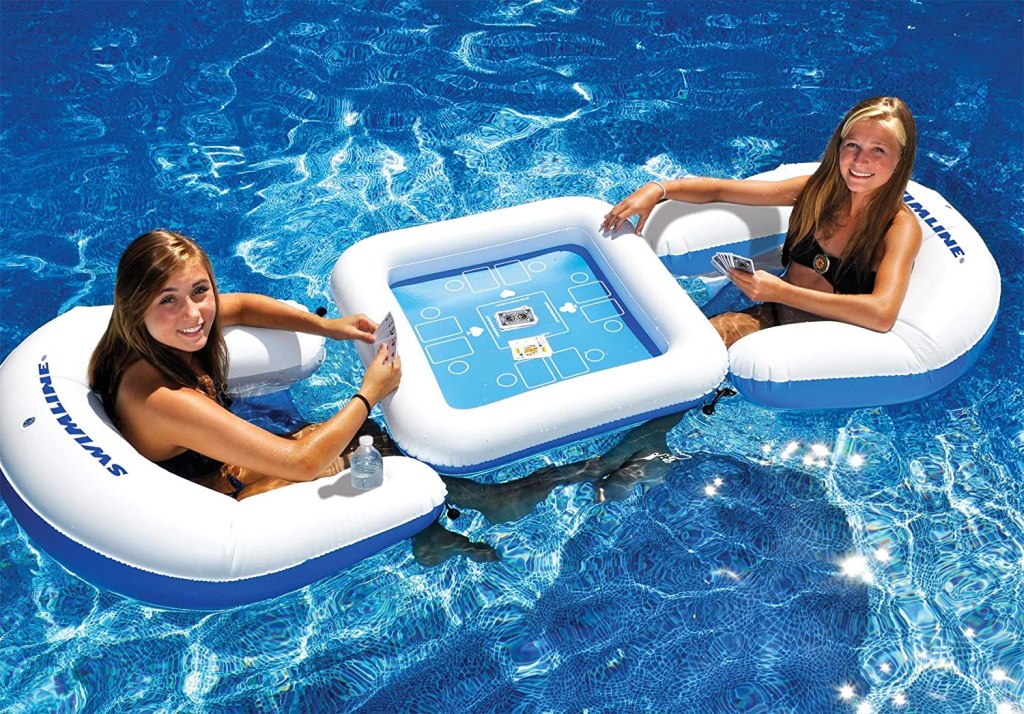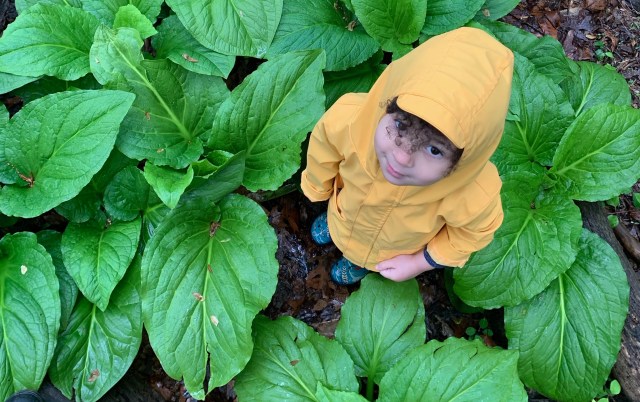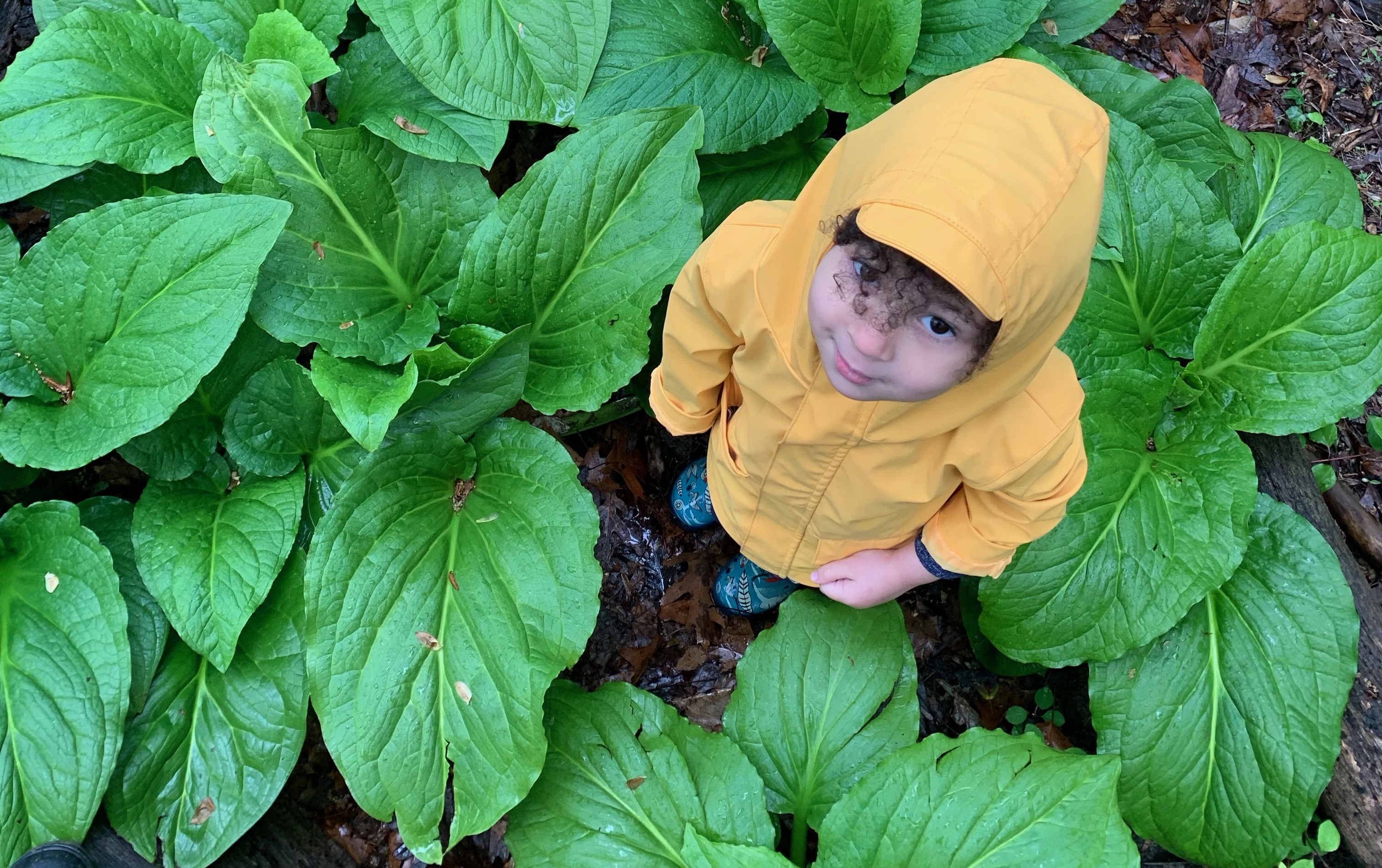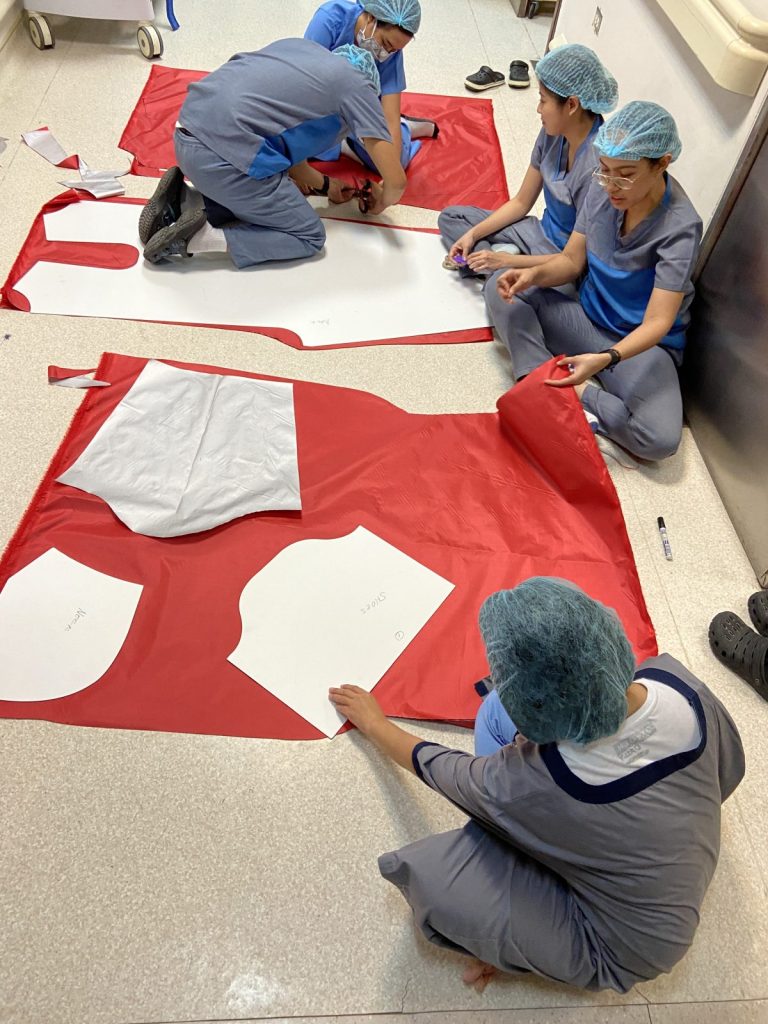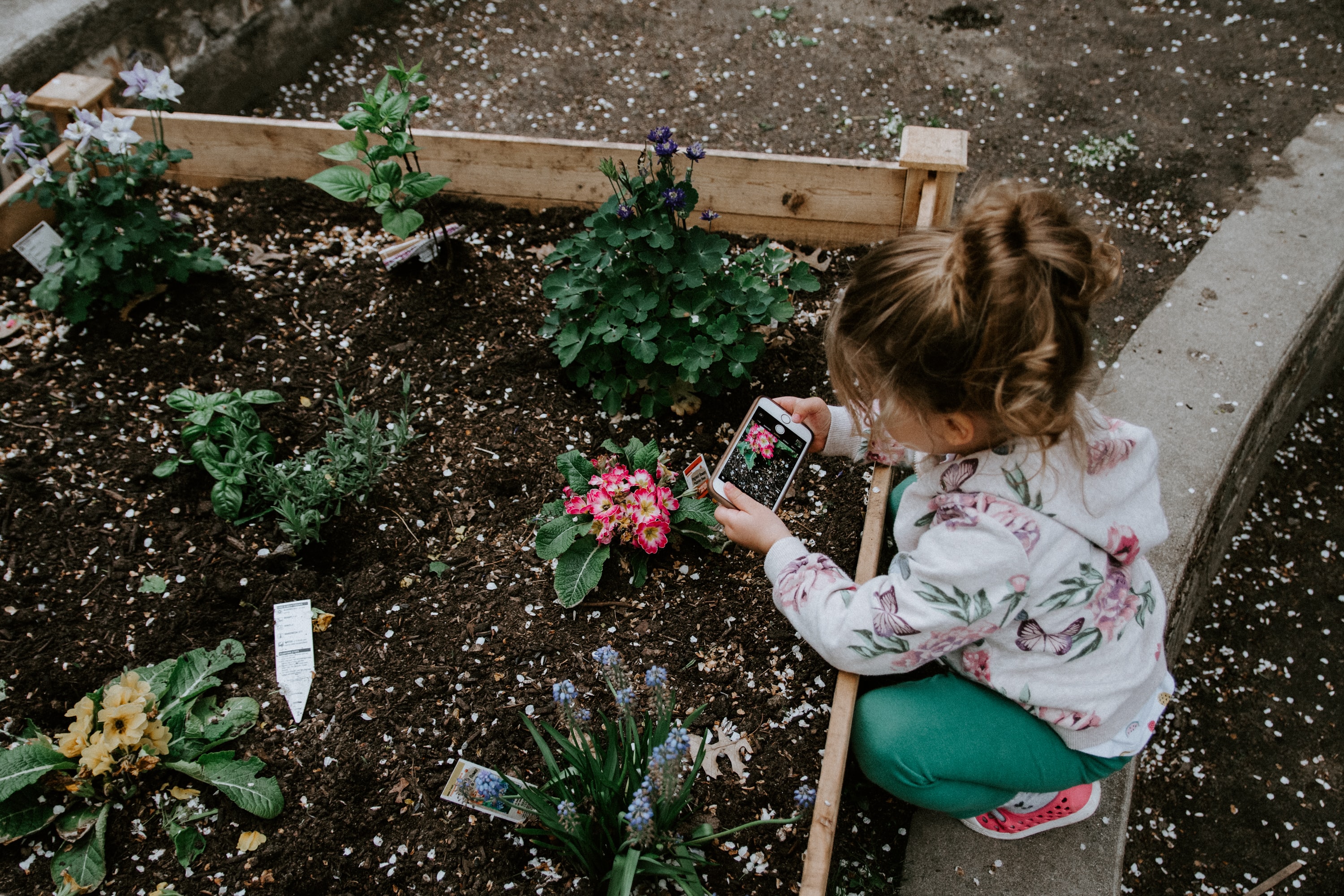
Has your child been struggling with starting or completing tasks? Does your son panic when you switch routines or change the rules? Or maybe your daughter has trouble remembering what she just read, or finds it difficult to organize her thoughts. Executive function can affect kids in many different ways, and the struggle is real for kids who learn and think differently.
Executive function is made up of a set of skills that include working memory, flexible thinking, and self-control. We use these skills every day to play with friends, learn in school, and manage our daily routines at home. When your child lacks executive function, he or she will struggle with basic tasks that many kids can easily handle.
This doesn’t mean your child isn’t smart. It just means that he or she learns and thinks differently, and you need to help your child develop these skills. There’s no need to panic. As a parent, there are many fun activities you can do with your child to improve executive function. And summer is a great time to start!
1. Plant a Garden. This can be a great project where your entire family can work in collaboration with each other. Your child will learn to plan and follow through! When children watch and journal about things they plant, care for, watch grow, and identify ways they can be used, they learn across the curriculum. Most importantly, their “work” leads to meaningful self-efficacy development. When your child gains these experiences, he can build an understanding of the relationship between healthy planting and eating and a healthy planet. And, who knows, maybe you as the parent can reconnect with nature as a result!
2. Plan Something. Plan a party or a day trip. Really, plan anything from cleaning a room to working around the yard. A project, no matter what they are working on, involves the specific planning of steps, execution, and monitoring of results. This can be created for any child in elementary school through college. Putting a plan in place with details that can be followed is very helpful. It breaks down bigger, more overwhelming tasks into manageable bite-sized pieces that can be completed.
3. Learn to Mind Mime. If your child cannot picture in her mind the day’s routine, help teach her mind miming. This skill helps the child to pre-plan and pre-stimulate future events. Think of it as a mental dress rehearsal or a movie in the mind. Mind miming helps your child to act out possible scenarios and have a mental trial and error period before the actual event takes place.
4. Help Kids with Emotional Regulation. The key to helping your child with emotional regulation is to implement self-regulation strategies in the moment. You can do this by simulating real-life experiences. Simulation allows your child to experience and practice a scenario until she feels more comfortable. When you bring an experience to life, you help your child understand when their behavior becomes too silly or not appropriate for the situation. Maybe she was laughing at a joke, giggling and flopping around long after her peers had stopped. Help her understand that she has lost control and give her the opportunity to practice self-control in these situations.
5. Play “How worried should I really be?” Ask your child to pick a time when she overreacted to a situation, and she felt flooded with emotions. Ask her to act out, and role-play what overreaction looks like? Some examples include: running from the room, wailing, stomping, pushing, or screaming. Talk to your child about their worries. Help her understand that when she feels a big worry, she may overreact because she feels the worry is as big as a Mack truck. Talk to her about how our worries feel inside affects us, and how we can handle our reactions.
6. Practice Metacognition. Metacognition is to take a bird’s eye view of a situation to accurately rate your skills and abilities. It helps you recall past situations and realize how they are similar and different from each other. You can take past learnings and allow them to inform you of future plans.
7. Rate Your Effort. Help your child self-evaluate his own progress and witness his own actions so he can start building social self-awareness. You can say, “On a scale of 1 to 5, how would you rate your effort on that practice? What did you learn?” Share with him what you saw him do well. Praise anything he tried that is out of his comfort zone. Ask him to recap for you what he is working on and why. Reiterate his mission for the next day’s practice or an upcoming real-life social setting.
8. Put Things in Categories. Whether it’s picking up or just organizing stuff, we need to learn to put things into categories. Part of what builds executive function is the ability to put material into categories and then to find that material. By organizing things, objects, and even ideas, we are helping to simplify your child’s understanding of the world around him. When kids pick up toys, help take a pile of stuff to organize in a room, or set up a system for their clothing, they are learning to categorize materials.
My new book, Why Will Nobody Play with Me? is a step-by-step guide to teach parents how to coach their child to develop social skills (new executive function skills). For more information about supporting your child, visit my website at www.carolinemaguireauthor.com.
